Statistically, a flying robot has a much higher chance of succeeding in its mission than a ground robot. 42,000 feet is the current approved limit for most air vehicles. With the ability to fly, a robot can more easily avoid obstacles, travel long distances, and reach high places.
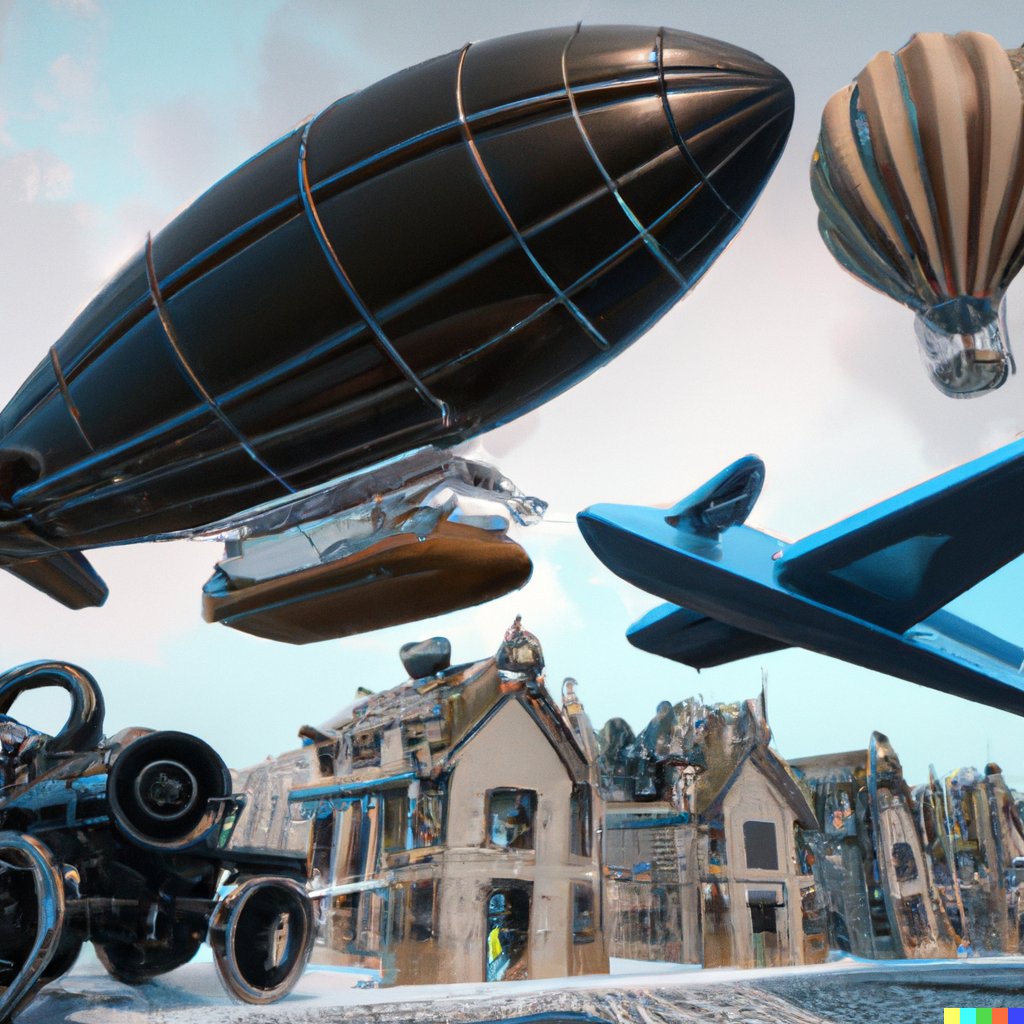
Dividing the labor of a mission between ground and flying robots can be an effective way to use each type of robot to its strengths. For example, a search-and-rescue team might use a ground robot to search an area for survivors, while a flying robot equipped with a loudspeaker could be used to call out to survivors and direct them to the ground robot.
Here are the 5 different types of flying robots:
1) Air balloon robots
People use air balloon robots for advertising, surveillance, and research. As per a report by Zion Market Research, the global air balloon robots market is expected to reach Multimillion USD by 2028. Futuristic uses of air balloon robots include using them as flying cell towers and delivering food and other supplies to disaster areas.
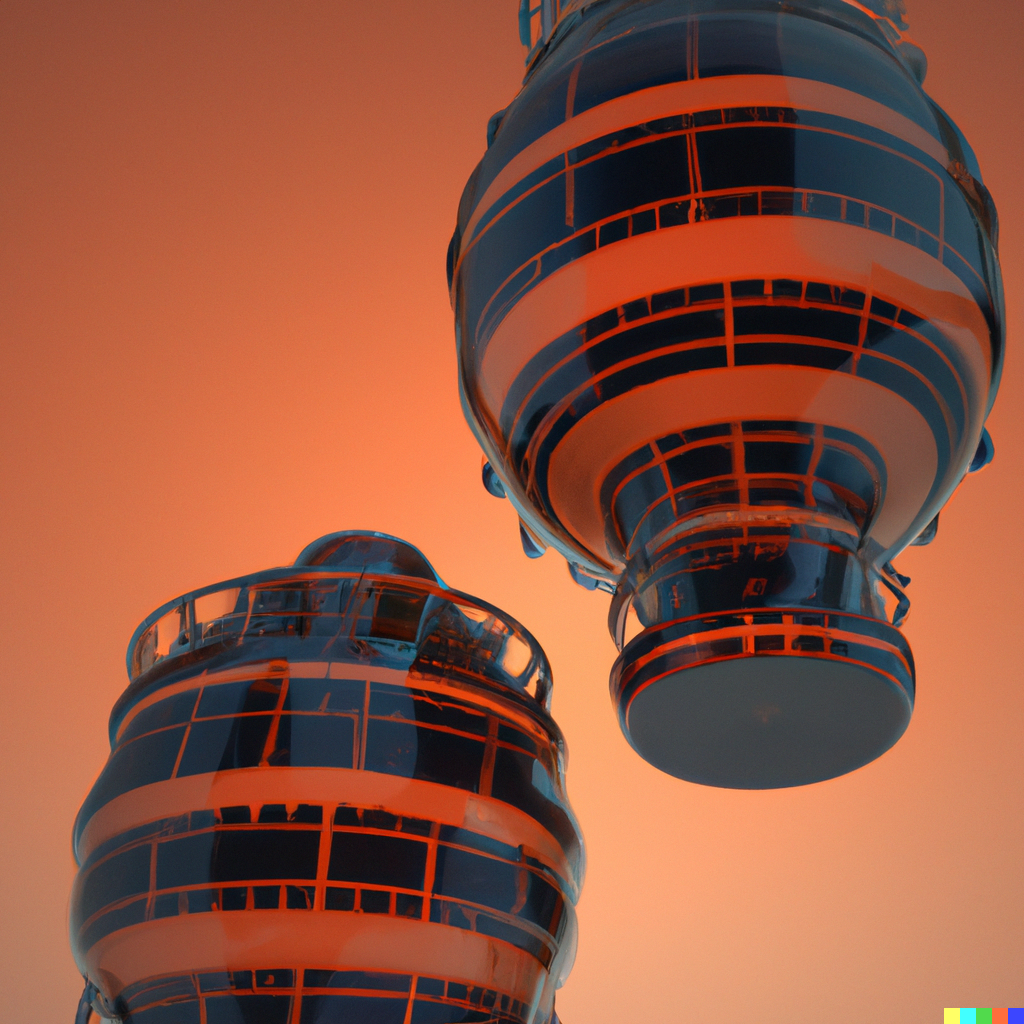
Hot air balloon: A hot air balloon robot is powered by a burner that heats the air inside the balloon, causing it to rise. The hot air balloon is the oldest air balloon, dating back to the 18th century.
Gas balloon: A gas balloon robot is filled with a lighter-than-air gas, such as helium. Gas balloons are typically made of latex or mylar and can be filled with a variety of gases, including hydrogen, helium, and methane.
Hybrid balloon: A hybrid balloon robot is a combination of hot air and a gas balloon. These are relatively new technology and are typically helpful for long-duration flights.
As the name suggests, a flying air balloon robot is one that flies using one or more air balloons. Your average birthday party balloon is not going to cut it though; these balloons are much bigger. Like, really big.
Airships
They are a type of flying robot that uses one or more gas-filled balloons to stay afloat. Airships are made for leisure and sporting activities, but can also be used for military and commercial applications.
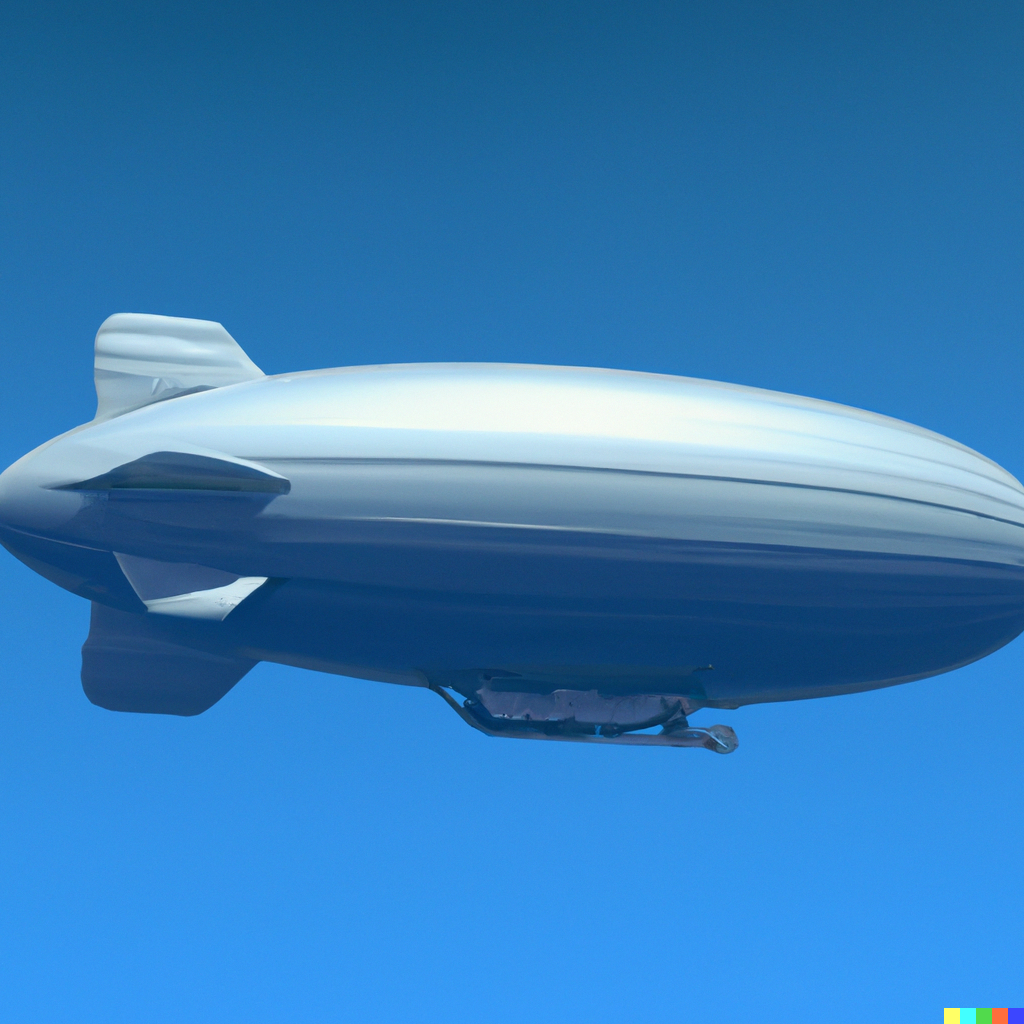
Zeppelin: A zeppelin is a type of airship that has a rigid frame and a non-rigid envelope. Zeppelins were first used commercially in the early 20th century and were the largest type of airship ever built.
Blimp: A blimp is a type of airship that has a non-rigid envelope and no rigid frame. They are smaller than zeppelins and are typically used for advertising and sporting events.
Dirigible: A dirigible has a rigid frame and a semi-rigid envelope. Dirigibles are smaller than blimps and are typically used for military and scientific applications.
2) Airplane robots
Airplane robots are exactly what they sound like: airplanes. yes, but it has types.
Fixed-wing airplane: A fixed-wing airplane robot has wings that are attached to the main body of the plane and do not move. Fixed-wing airplanes are the most common type of airplane and are used for a variety of applications, including cargo transport and surveillance.
Rotary-wing airplane: A rotary-wing airplane robot has wings that rotate around a central shaft, similar to a helicopter. Rotary-wing airplanes are less common than fixed-wing airplanes and are typically used for applications that require vertical takeoff and landing, such as search-and-rescue missions.
Tilt-rotor airplane: A tilt-rotor airplane robot has rotors that can tilt from a vertical to a horizontal position, allowing it to take off and land like a helicopter but fly like an airplane. The relatively-new technology is typically used for military applications.
3) Autonomous flying robots
Autonomous flying robots are robots that can fly without the need for a human operator. These robots are equipped with sensors and algorithms that allow them to navigate and perform their tasks without human intervention. Many autonomous flying robots are also capable of autonomously docking with and charging from a power source, such as a solar panel or power outlet.
Autonomous basically means something that is self-governing, while automatic refers to something that happens without conscious thought or effort. In other words, autonomous things are under their own control, while automatic things happen automatically.
Now, “autonomous” can mean certain things:
- Not needing any sort of human intervention, even for takeoff and landing, or
- Being able to make decisions based on pre-programmed criteria, or
- Relying on artificial intelligence to make decisions and carry out tasks.
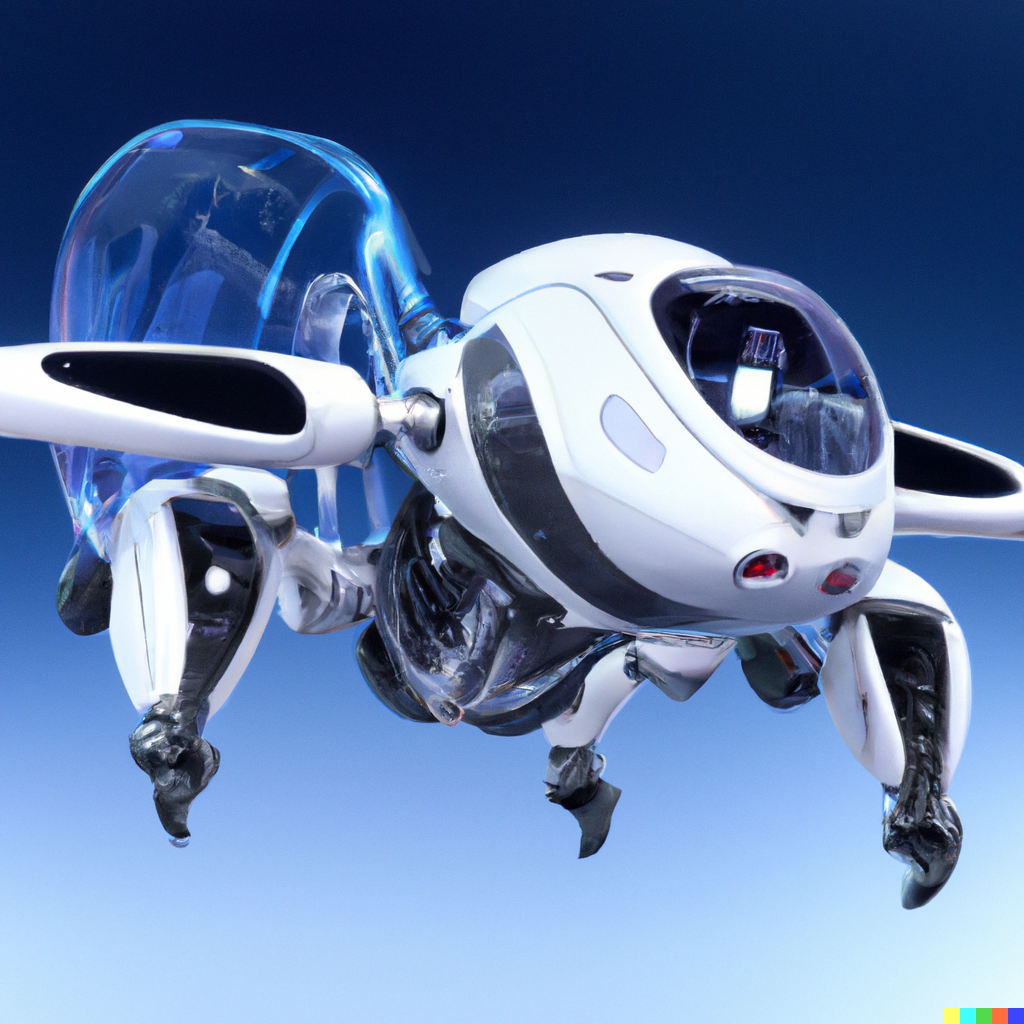
One abstract possibility for autonomous vehicles is one that does not need any kind of connection with any external human or AI system, can completely fly and navigate on its own, and contains programmed free will. While the definition of “autonomous” does limit it to be called so, it’s still possible. In the future, it is possible that autonomous flying robots will be able to fly in formation, collaborate on tasks, and autonomously make decisions in real-time.
4) Drones
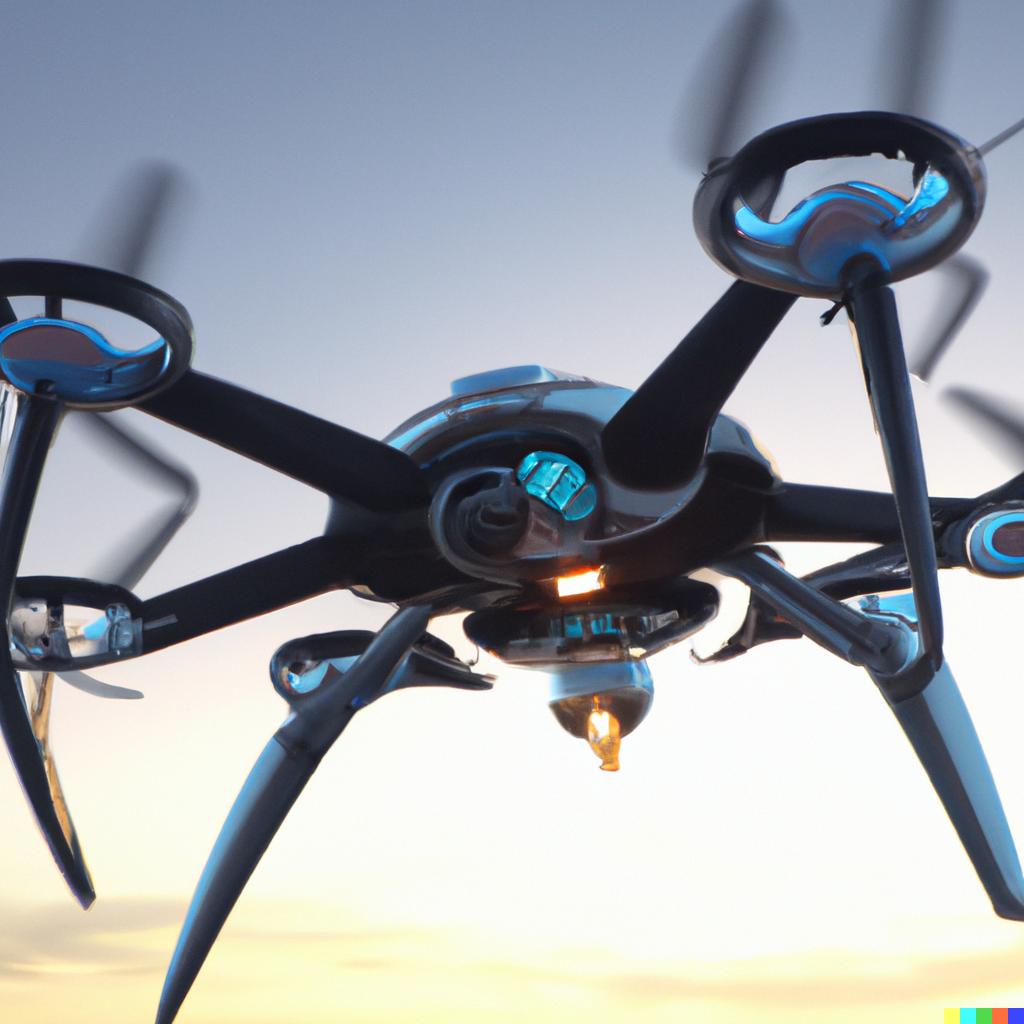
Drones are perhaps the most well-known type of flying robot. They come in all shapes and sizes, from large military drones to small consumer drones.
Multi-rotor drone: A multi-rotor drone is a drone with more than two rotors. Photographers typically use these for aerial photography and videography. Multi-rotor drones are more stable than single-rotor drones and can carry heavier payloads, but they are more difficult to fly and are more expensive.
Single-rotor drone: A single-rotor drone is a drone with only one rotor. They are generally larger than other drones. Plus, they use gas engines instead of batteries and can lift some decent weights.
Fixed-wing drone: A fixed-wing drone has wings like an airplane. These drones are typically used for long-distance flights and can stay in the air for extended periods of time. Fixed-wing drones are more stable than rotary-wing drones and can carry heavier payloads, but they are more difficult to fly and are more expensive.
Quadcopters
A quadcopter is a type of multi-rotor drone that has four rotors. The quadcopter’s agility is pretty good.
Hexacopters
A hexacopter is a type of quadcopter that has six rotors. If you need something that is more stable, a hexacopter should be a good choice.
Unmanned aerial vehicles (UAVs)
An unmanned aerial vehicle (UAV) is a type of aircraft that has no cockpit, hence no pilot. A remotely piloted vehicle (RPV) is a type of UAV that is piloted by a human operator from a remote location. UAVs are used in the military.
5) Gliders
Gliders are a type of flying robot that does not have any motors or engines. Instead, gliders rely on the wind or other forms of propulsion, such as being launched from a catapult, to stay in the air. Gliders are typically used for leisure and sporting activities, but can also be used for military applications, such as surveillance.
Rigid-wing glider: A rigid-wing glider is a glider with wings that are rigidly attached to the main body of the glider. Rigid-wing gliders are the most common type of glider and are typically used for leisure and sporting activities.
Flex-wing glider: A flex-wing glider is a glider with wings that are flexible and can change shape. They are less common than rigid-wing gliders and are used for military applications, such as surveillance.
Delta-wing glider: This type of glider has wings that are shaped like a triangle.
- AI-Powered PCs: Overhyped Trend or Emerging Reality? - August 21, 2024
- Princeton’s AI revolutionizes fusion reactor performance - August 7, 2024
- Large language models could revolutionize finance sector within two years - March 27, 2024



